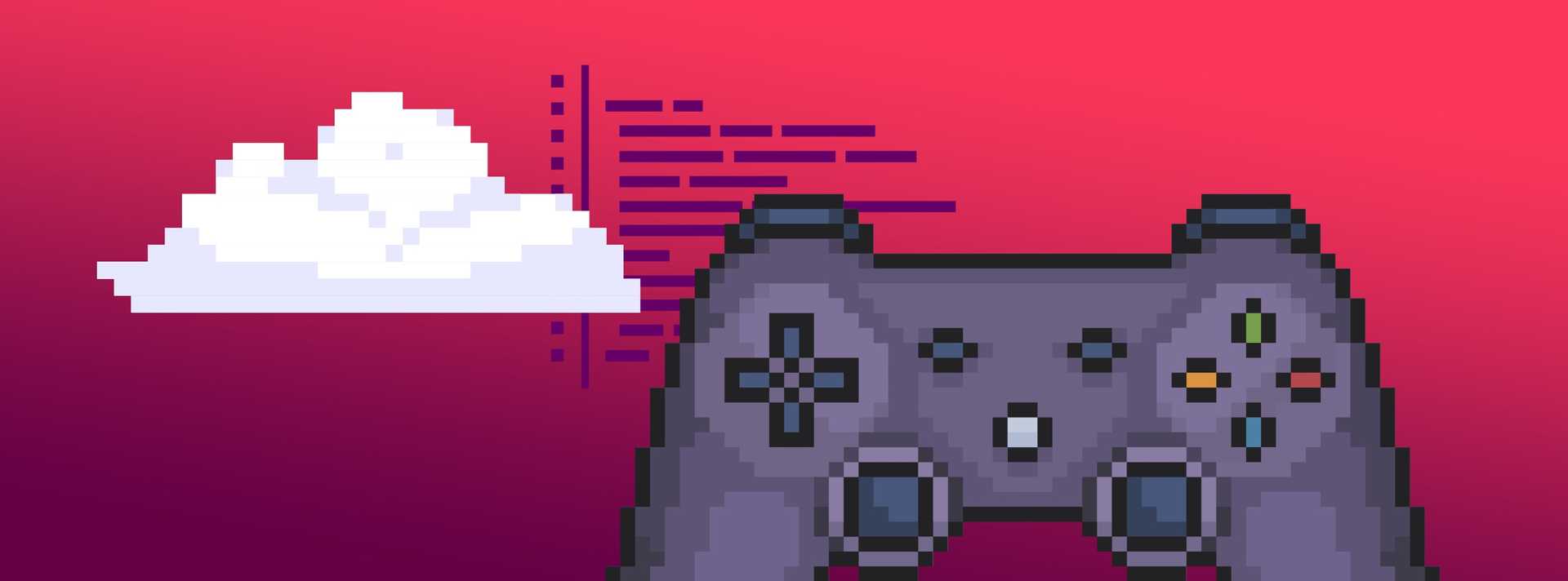
November 30, 2021
The 21st edition of the Developer Nation global survey ran from June to August 2021 and reached more than 19,000 developers in 168 countries. Participants come from mobile, desktop, industrial IoT, consumer electronics, embedded, third-party app ecosystems, cloud, web, game, AR/VR, and machine learning as well as data science. We track developer experience across platforms, revenues, apps, languages, tools, APIs, segments, and regions. A while ago we covered how game developers make money. While a lot has happened since then, business models for game development have seen little change. Here we will focus on where game developers are deploying the code for their games and the technologies they’re leveraging to build their applications.
“More that half of game developers are writing code and deploying games for PCs and mobile devices”
The game development sector has long targeted on-device game deployment. More than half of all game developers are writing code and deploying games for the usual suspects: personal computers and mobile devices. The percentage of developers deploying code for PCs saw a slight increase to 58% in the last six months, indicating that gaming on PC hardware is still a thriving market. However, the proportion of developers creating games that run in the cloud saw a slightly larger percentage increase in the last six months, rising to 30%.
Cloud gaming is arguably one of the most foundationally innovative trends in the game development sector. The increased usage and availability of smartphones with high-speed internet connections has paved the way for game developers to deploy their code to a game-configured server instead of a downloadable, platform-specific version. With less game-specific content to download and similar performance to on-device versions, both gamers and companies stand to benefit greatly from cloud gaming.
“59% of professional game developers deploying games to the cloud use a multi/hybrid cloud strategy.”
Cloud developers can either work with a single public, private, or on-premises server, or they can devise a strategy that uses a combination of these server types. Our data shows that about 46% of game developers deploying their code to the cloud are now using a multi/hybrid cloud strategy. Further, we see a significant increase in multi/hybrid cloud deployment to 59% when we filter for professional game developers only. Though a multi/hybrid cloud strategy can be more complex, it’s a popular approach for game developers when tackling one of cloud gaming’s biggest issues: latency.
Multi/hybrid cloud solutions are becoming more popular as companies look to reduce dependency on a single vendor and avoid vendor lock-in. There’s also a cost optimisation that’s associated with hybrid solutions, whereby companies can keep a steady amount of compute resources available on a private server, while engaging a public server for variable increases in resource requirements.
“Backend technology usage in game development has risen by 56% in the last two years.”
Over the last 12 months, backend technologies have seen a massive increase in usage by game developers, making this the third most popular technology in game development, behind only 3D and 2D game engines. Backend technology use by game developers has almost doubled in this timeframe, from 11% to 21%. The growing trend of games being deployed in the cloud has partially fuelled the growth of backend technologies, especially among professional developers.
Ad network usage has dropped from the fourth most used technology to the ninth most used.
In the two years leading up to this last survey, ad networks had an average usage of about 27% among professional game developers. Usage has now dropped to 21%, a change that is in line with Apple’s recent update requiring iOS developers to ask users for permission to be tracked by third-party websites and other applications. A survey was conducted before the iOS 14.5 update that showed about 57% of users were either unlikely or extremely unlikely to allow tracking by an application. Restricting access to users’ Identifier for Advertisers (IDFA) reduces the possibility of conversion tracking, meaning less revenue potential for the advertiser and publisher, making the revenue strategy less attractive.
Usage of backend technologies like game servers and orchestration tools have risen to 50% and 18% respectively among professional game developers. Game server technology is also evolving, with the emergence of dedicated multiplayer products like Agones that are built on the back of Kubernetes. The growth of both backend technologies and cloud gaming are interdependent and are impacting the methods by which professional developers are building games. The future of game development will leverage the advantages of cloud technology more often, requiring game developers with skills and experience in managing data across multiple servers.
Recent Posts

August 27, 2025
How to Find the Right Learning Path When You’re Switching to a Tech Career
See post

August 22, 2025
Developer News This Week: AI Speed Trap, GitHub Copilot Agents, iOS 26 Beta Updates & More (Aug 22, 2025)
See post

August 08, 2025
Developer News This Week: GitHub GPT-5, VS Code 1.103 & Chrome 139 (Aug 8, 2025)
See post